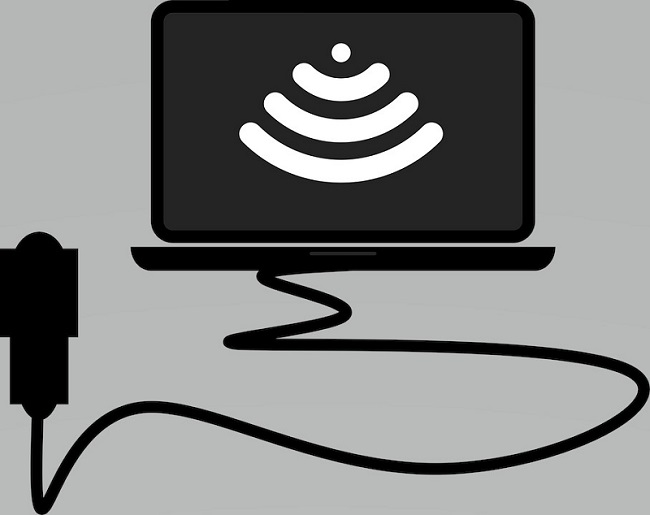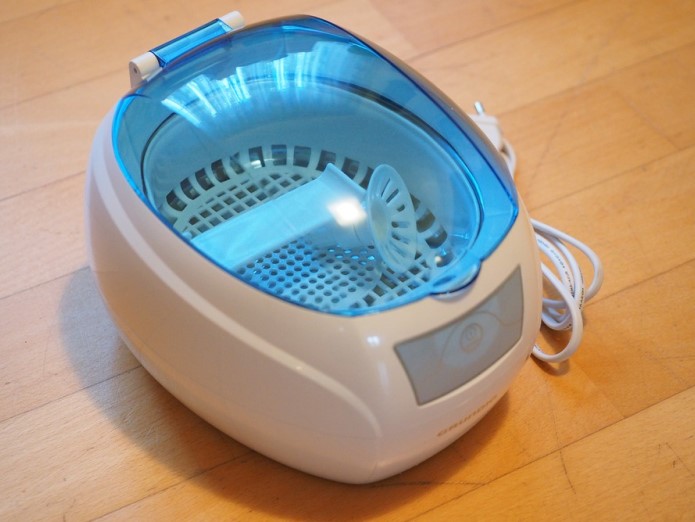Technicians have had to deal with low-quality materials and machines before the rise of ultrasonic testing because manufacturers had no clue how to know the result of their productions. Since the 1950s, the non-destructive high-frequency sound waves known as ultrasonic testing, have been developed for inspection and are still used today in detecting flaws, characterizing materials, and measuring dimensions.

To know more information about how ultrasonic is used, we are going to explain the basic principle along with the equipment used. It should be noted that ultrasonic testing has some advantages and limitations like any other method used in inspection.
How Ultrasonic Testing is Actually Performed
1. Mechanism of Action
The main principle is about introducing the sound wave into a specific surface where any kind of flaw will produce an echo that is sensed by special equipment. You can manually move a transmitter over a surface or do it automatically by connecting it to a scanning system.
The trigonometric function of many ultrasonic flaw detectors locates the positions of anomalies accurately. This is done by replacing the old cathode ray tubes with LED screens that view the details clearly, even if the surrounding environment has extremely low or bright lighting. This is because the screens can be adjusted in terms of brightness, contrast, and colors.
When it comes to receiving the waveform, two main methods are used; reflection and attenuation. The first one which is also called the pulse-echo technique, is a single transducer acts as both; the sending and receiving ends as the sound produced gets sent back to the same device. The ultrasound gets reflected because of the existence of imperfections, and the diagnostic machine shows the results in the form of a signal with a certain magnitude and direction.
If you want to use two separate devices for transmitting and receiving the ultrasound waves, the attenuation or through-transmission method is the one for you. Unfortunately, this mode causes some loss in the waves because when the sound moves through a medium, it meets resistance, and part of it gets lost in the process. You can overcome this by using a coupling that increases efficiency and reduces the losses.
The evolution of ultrasonic testing is powered by the use of quantitative theories in inspection which better describe how the waves interact with the flaws. This changes the algorithms used in the instruments to be able to detect real-part geometries.
2. Equipment Used
Specialized equipment that is regularly updated must be used for accurate results. First of all, you will use an instrument to perform ultrasonic testing which will produce high-frequency sound waves. These waves will be transmitted through a test piece to discover the anomalies either on the surface or inside.
To get more inclusive results, manufacturers at coltraco.com/ultrasonic-testing-equipment/ recommend using scanners to map a large area at once. You can also customize your own scanning method that fits according to your needs and applications.
Recent scanners have motor controls to be able to produce multiple frequencies for the inspection of various forms and types in the same product. To make it easier on you, people working in the industry developed software that translates the data you have collected. A comprehensive report from the scan will be sent to you on your computer instantly without any effort.
3. Advantages
Ultrasonic inspection techniques have some advantages that you should make use of. For instance, the equipment used is sensitive to surface and subsurface flaws through controlling the depth of penetration.

This advantage offers a highly accurate result when it comes to measuring dimensions and estimating sizes. If you use an automated system, you will get detailed images of the tested area.
4. Limitations
Like any other testing method, ultrasonic is not perfect and has some limitations that can make your inspection harder. The first disadvantage is that the surface must be accessible to transmit the waves. If the material is full of discontinuities, the results may get tampered with because the waves become unable to pass through.
This method also needs trained personnel because it is technique-sensitive so extra care must be taken. They must have a reference to compare the normal echos to the ones produced from a flawed material.
Ultrasonic testing is crucial in any industry because without it low-quality products would be produced with no accurate way to correct any flaw. Some materials and machines cannot bear to have an imperfection because the lives of people depend on it.
That’s why you should inspect every inch of each piece before selling it in the market. It doesn’t matter which technique you choose as long as you are aware of the limitations and how to overcome them.



















